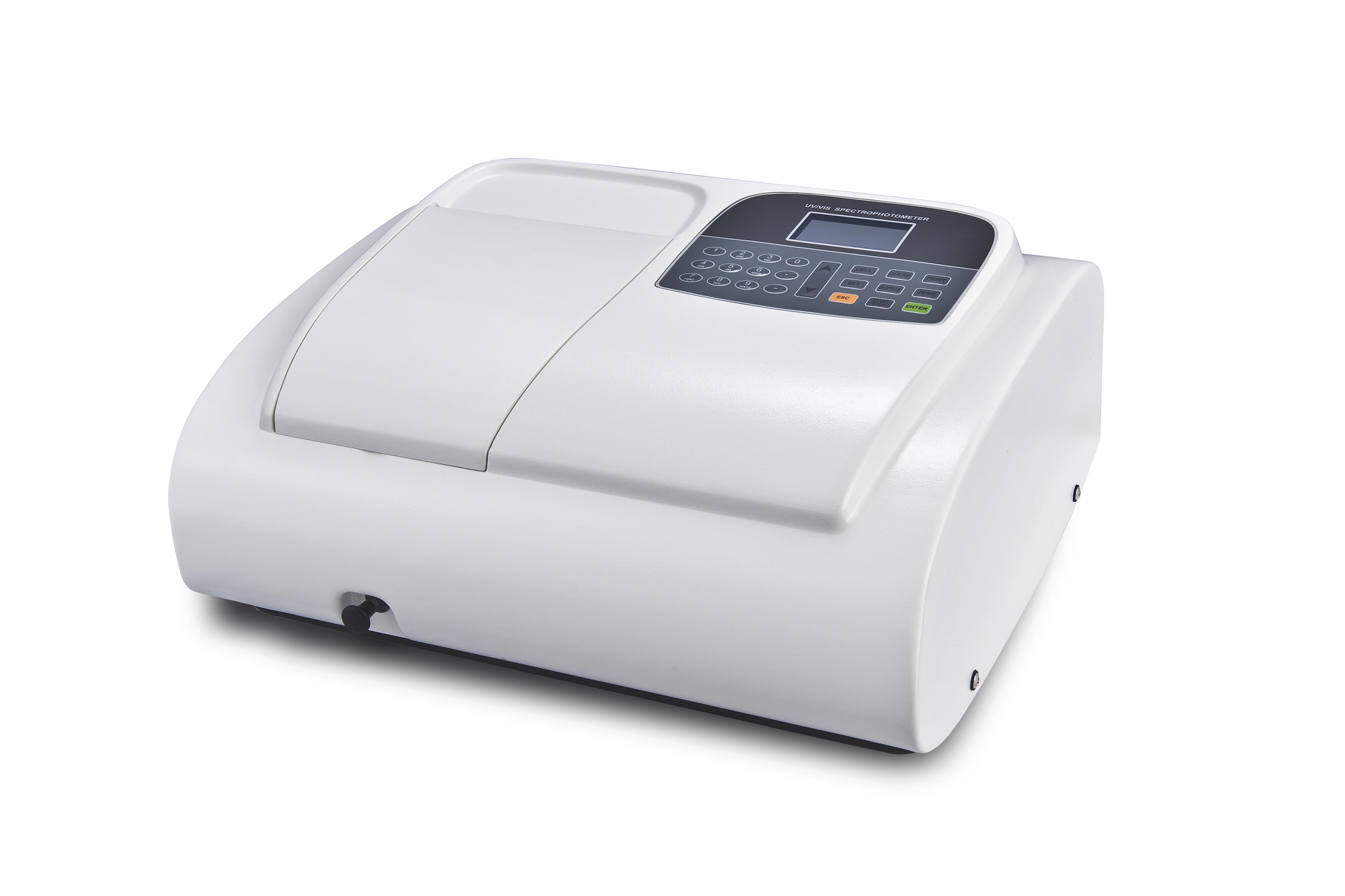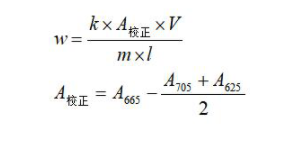Rapeseed is an important oil crop in my country, and rapeseed oil is one of the important edible oils in China. The chlorophyll content in rapeseed oil directly affects the oil processing cost and the shelf life of the oil. This article refers to "GB/T 22182-2008/ISO 10519:1997 Rapeseed Chlorophyll Content Determination Spectrophotometer Method" and "NY/T 1287-2007 Rapeseed Chlorophyll Content Determination Photometric Method" to determine the chlorophyll content in rapeseed , To distinguish the level of rapeseed.
1. Experiment preparation
1.1 Experimental principle
In appropriate equipment, extract the sample with the specified extraction solution, and measure the sample extraction solution with a spectrophotometer. At the wavelength of 665nm, the mass fraction of the substance in the sample that can produce an absorption band
1.2 Instrument
UV-5800PC UV Vis Spectrophotometer
Manufactured by Shanghai Metash Instruments Co.,Ltd.

1.3 Reagents
Analytical pure anhydrous ethanol, analytical pure anhydrous n-heptane
2. Experimental process
2.1 Preparation of extraction solution
Take 100ml of absolute ethanol in a 500ml beaker, and then add 300ml of anhydrous n-heptane
2.2 Sample preparation
The rapeseed sample was crushed with a crusher and passed through a 0.42mm sieve. When the moisture content of the sample exceeds 10%, it should be dried at 45°C for 12 hours to reduce the moisture content to below 10%.
2.3 Sample extraction
Weigh 2g (accurate to 0.001g) of the sample in a grinding flask, transfer 30ml of extraction solution to the grinding flask, add 3 steel balls, seal, shake and extract on a horizontal shaker for 1h, temperature 15℃~30℃, oscillation frequency: 240 times/min. After the extraction is completed, remove the grinding bottle, let it stand for 10 minutes, filter it with medium-speed filter paper into a test tube with a stopper, and quickly close the lid.
2.4 Sample determination
Use the extraction solution as a blank, pour the extraction solution into a cuvette, and put it into a spectrophotometer to measure the absorbance values at 665nm, 705nm and 625nm respectively (the absorbance at 705nm and 625nm is used to calibrate the reference line).
3. Experimental results
3.1 Calculation basis
The content of chlorophyll is calculated by mass fraction w, and the unit is expressed in milligrams per kilogram (mg/Kg), calculated according to the following formula

Absorption value at A665—665nm;
Absorption value at A705—705nm;
Absorption value at A625—625nm;
K——constant, equal to 13;
l——The length of the optical path, the value of the thickness of the cuvette, in centimeters (cm);
m——The value of the mass of the sample, in grams (g);
V——The value of the volume of the added extractant, in milliliters (mL).
3.2 Sample measurement results
Sample No. | Sample volume(g) | Test result(mg/Kg) | RSD(%) |
1 | 2.046 | 1.519 | 1.29 |
1.535 |
2.051 | 1.546 | 1.01 |
1.537 |
2 | 2.01 | 1.46 | 1.35 |
1.441 |
2.028 | 1.495 | 1.33 |
1.477 |
4 Conclusion
This article refers to "GB/T 22182-2008/ISO 10519:1997 Rapeseed Chlorophyll Content Determination Spectrophotometer Method" and "NY/T 1287-2007 Rapeseed Chlorophyll Content Determination Photometric Method" to determine the chlorophyll content in rapeseed . The experimental results show that the UV-5800 UV spectrophotometer of Shanghai Metash Instrument is used to determine the chlorophyll content in rapeseed. The method is simple and convenient, and the result is accurate. It can quickly determine the chlorophyll content in rapeseed.